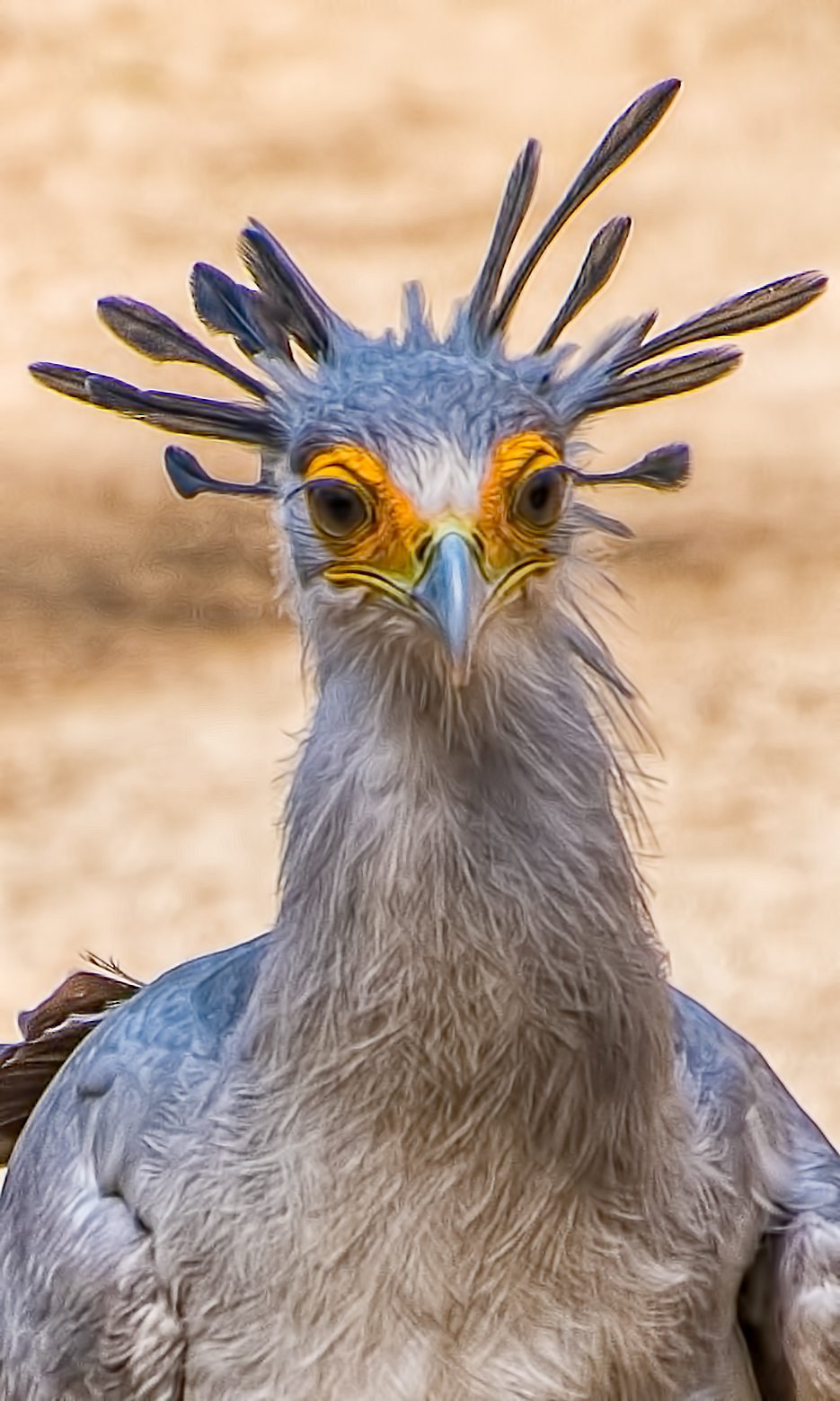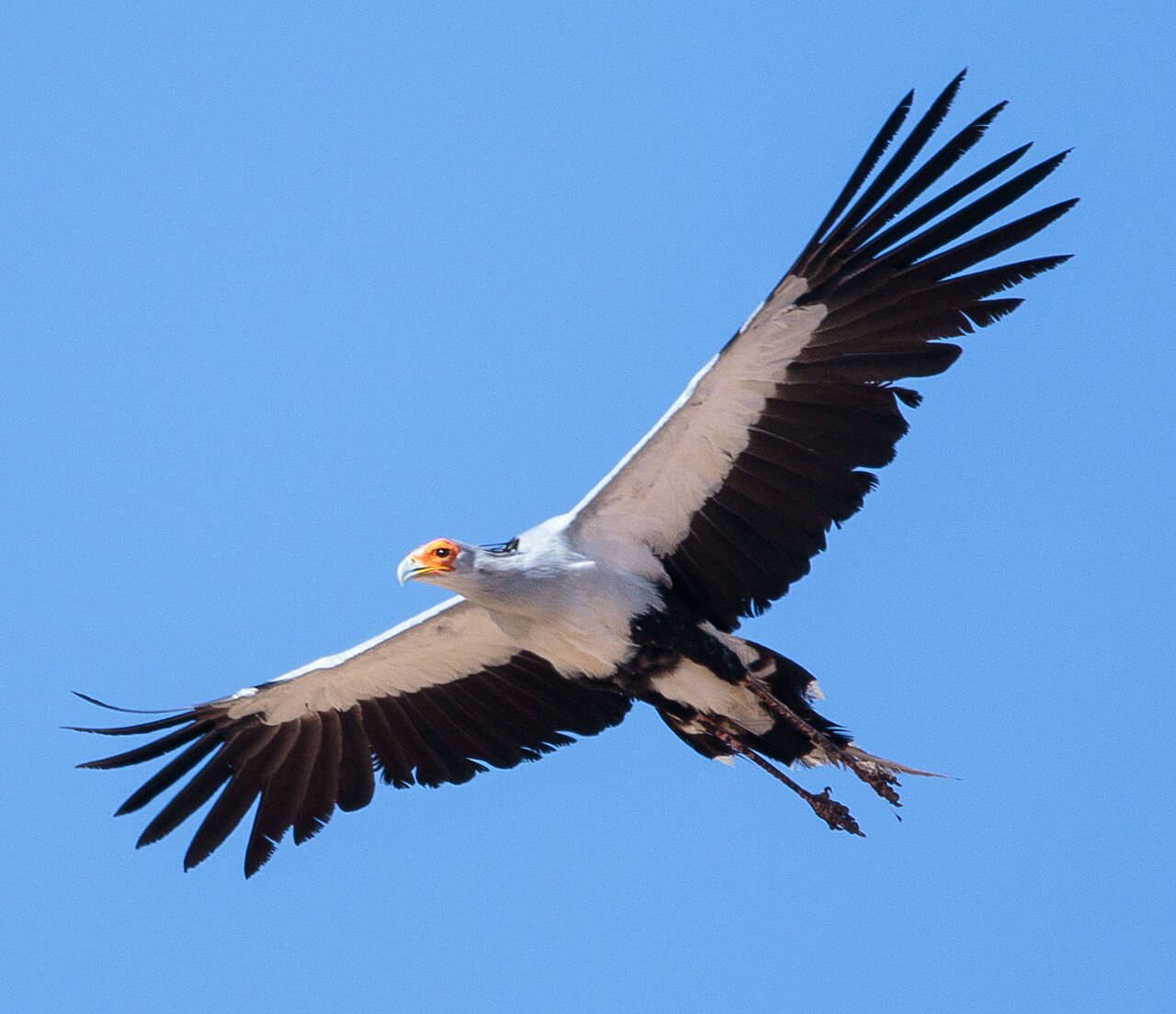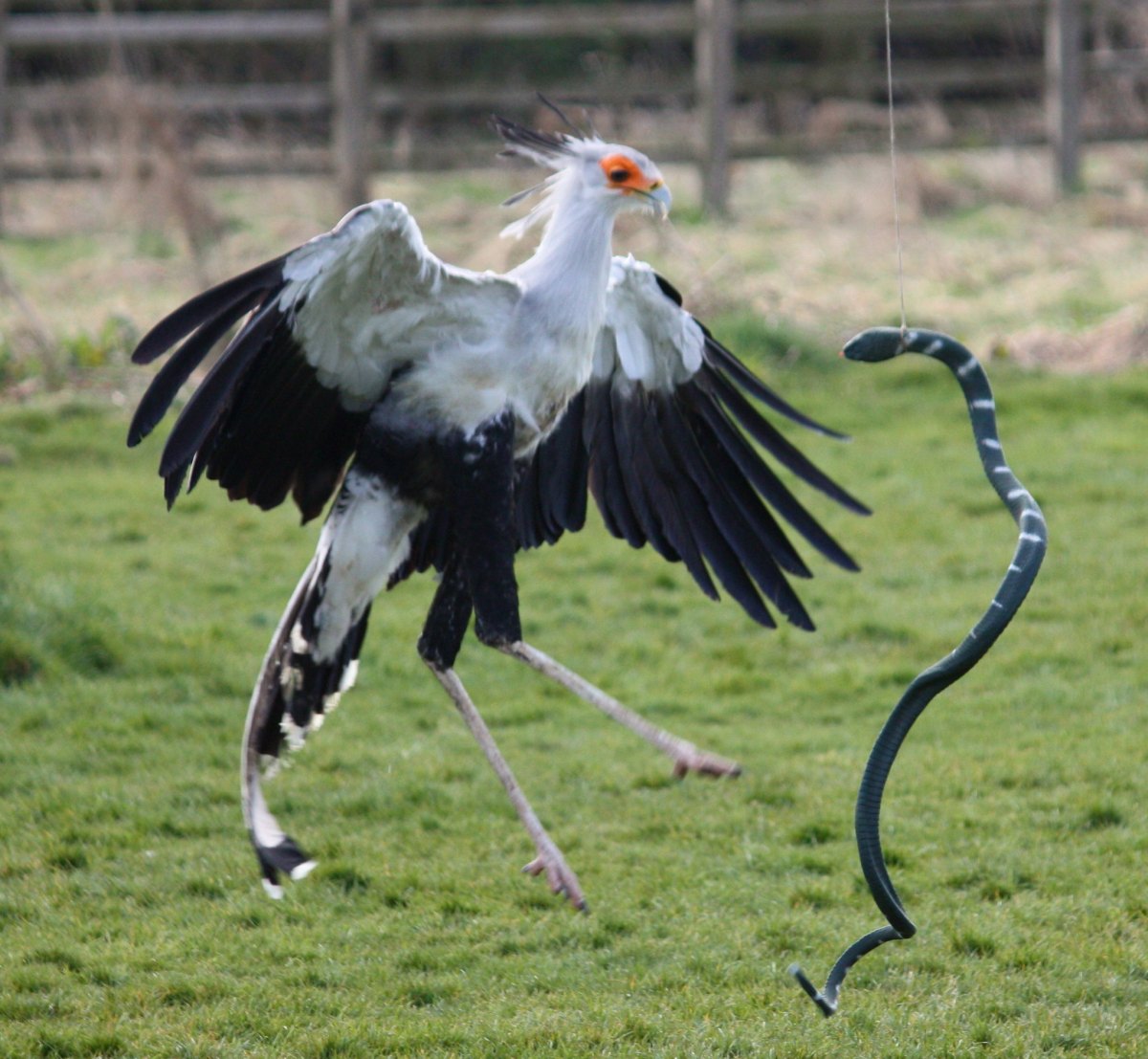Have you ever wondered why the secretary bird has its name? This unique bird of prey is endemic to Africa, and has a striking appearance that combines an eagle-like body with long crane-like legs and a crest of black feathers on its head. But what does this have to do with secretaries?
At about 1.3 m tall and almost as long as it is tall, the secretary bird (Sagittarius snakearius), also known as the snake-eating kite, is a unique bird of prey that lives in sub-Saharan Africa. It is the only member of the family Sagittariidae and is primarily terrestrial, hunting on the ground with its long legs and strong feet.
It can trample prey to death with its long legs, especially snakes. It has a distinctive appearance with a red-orange face, gray fur, black crest and two long tail feathers.

There are several theories as to why this bird is called the secretary bird, but none are convincing. In 1769, Dutch naturalist Arnout Vosmaer described the secretary bird based on a live specimen received in the Netherlands from the Cape of Good Hope, sent two years before by an official of the Dutch East India Company.
Vosmaer claims that the Dutch settlers called the species “sagittarius” because its gait was said to resemble that of an archer. Additionally, he noted that farmers domesticated the bird to control pests around their homes, calling it the secretarius. Vosmaer suggests that “secretary” may be a misspelling of “centaur”.

In 1780, Comte de Buffon suggested the name referred to the black feathers on the back of the head, reminiscent of the feather quills that ancient scribes used to place behind the ears. At the same time, the gray and black plumage of this bird is reminiscent of the tailcoats worn by secretaries.
In 2018, Ian Glenn from the University of the Free State proposed an alternative view, arguing that the “centaurs” mentioned by Vosmaer were more likely “secretaries” misheard or mistranslated, not vice versa. Others support this idea and claim that farmers domesticated these birds with the aim of training them to protect crops – and act as agricultural assistants.

Another theory is that the name comes from the Arabic word “saqr-et-tair”, which means “semi-desert falcon” or “flying falcon”. The word was mispronounced by the French as “secretary” and was later adopted by other languages.
However, Glenn refuted this etymology by arguing that there is no evidence of the name being passed down through French, instead he supported the proposed origin of Buffon, asserting that the term This is derived from the Dutch word “secretaris”, used by settlers in South Africa.

So, the secretary bird is actually most likely called that because it looks or acts like a secretary. But this is not the only interesting fact about this amazing bird.
In fact, the Secretarybird, or snake-eating kite, is a bird belonging to the Sagittariidae family. They can kick with a force 5 times stronger than their body weight and have scales on their feet to protect them from snake bites. They can mate at any time of the year and build large nests in acacia trees, where they lay two or three eggs each summer. It has a wingspan of 2 meters and can fly, but more often they prefer to walk, they can travel up to 30 km per day.
![]()
Finally, there is a not-so-funny fact about this remarkable bird: it is classified by the IUCN as endangered due to habitat loss and human persecution. That’s really sad because, whatever the true origin of the name, the secretary bird is still a fascinating creature worthy of our attention and conservation.





